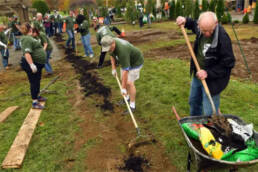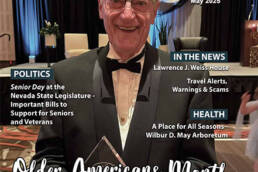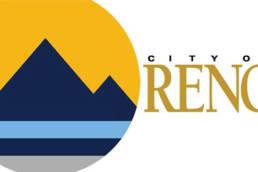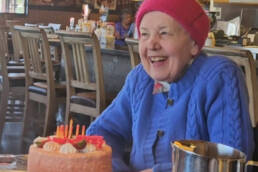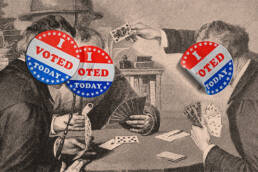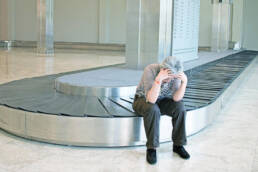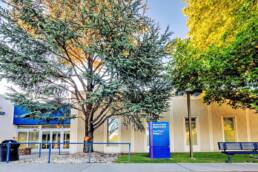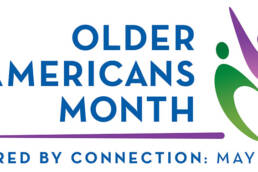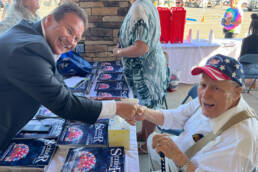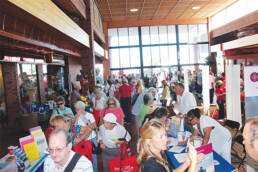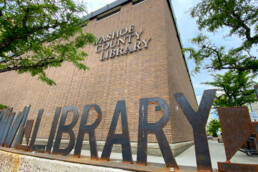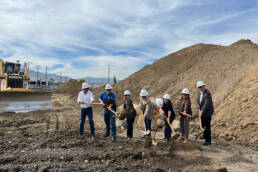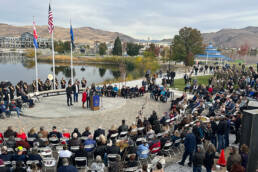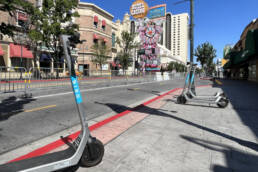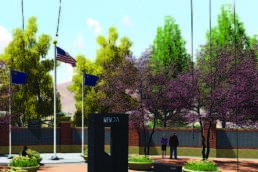There are more seniors driving and more seniors driving longer than ever before. This growing trend is driven by our longer lifespans and also by our growing senior population. In Nevada, 17% of our population is now over 65, an increase from 12% in 2010. So, one out of every six drivers are over 65. Operating a car is in our DNA, the pride and freedom by owning and operating an automobile.
Along with more seniors on the road come problems. As we age, our reflexes are slower. Multitasking is difficult. Our eyesight is weaker, especially at night. With distractions from texting the challenges grow. While peeking at a text may take five seconds, we would travel the length of a football field (55 mph = 360’). In spite of safety improvements to cars and our roadways, fatal accidents are on the increase.
What makes this worse is that seniors are more likely to be involved in fatal accidents. While seniors make up 17% of our population, they are involved in 21% of fatal accidents.
We all know that operating a cell phone while driving is against the law. In spite of Bluetooth and new technology, we all see daily violations. The impact? According to AAA, between 4,000 and 8,000 crashes in the US are related to distracted driving every day.
Another contributor to accidents is alcohol. Nevada is a 24-hour drinking state. Not that it would matter, but bars can stay open 24 hours a day. At any time of the day, there may be impaired drivers on the road. Failing or refusing a roadside test can result in an arrest.
WHAT CAN BE DONE TO PREVENT ACCIDENTS?
There are several steps that us seniors are taking to mitigate this risk:
- Avoiding busy times and crowded freeways
- Completing an annual eye exam (mostly paid for by Medicare)
- Staying home during winter storms
- Using alternative methods such as Uber, Lyft and RTC
- Curtailing nighttime driving
- Taking a safe driving class
THE FOUR SECOND RULE
Tailgating (following too closely) is a major factor in accidents (and one of my weaknesses). The best prevention is called THE FOUR SECOND RULE. That means, be at least four seconds behind the car ahead of you. For freeways and bad weather, expand this rule to six seconds.
HOW: Find a stationary object ahead, a tree, sign, overpass. Once the car ahead of you passes that object, count seconds until you pass that same spot. If less than four seconds you are following too closely.
ANOTHER TIP: When stopped to make a left turn, as in a left turn lane, keep your wheels straight. WHY: If your wheels are pointed to the left and you are hit from behind, you will be pushed into oncoming traffic. And of course, have your turn signal on.
HOW KNOWLEGEABLE ARE YOU?
| TRUE/FALSE:
_____ 1. Changing lanes in an intersection is illegal. _____ 2. Speed is involved in 29% of fatal crashes. _____ 4. Alcohol is a factor in about one third of all traffic fatalities. _____ 5. Keep your wheels pointed straight when waiting to make a left turn. _____ 6. UPS drivers avoid when possible, making left turns. _____ 7. Every intersection is a pedestrian crosswalk, even if not marked.
MULTIPLE CHOICE: You should activate your turn signals: A. Before the turn B. During the turn C. After the turn You stop at a 4-way intersection at the same time as another car. Who goes first? A. The bigger car goes first B. The more expensive car C. The car to the right
|
CLASSES FOR SENIORS: AARP’S SMART DRIVING COURSE
Yet, there is more that we seniors can do.
AARP (American Association of Retired People) is a non-profit organization that offers a four-hour class on safe driving. This program was designed specifically for folks over 50 years old, and open to everyone.
There are at least four benefits from completing this course:
- Gain tips and techniques for safer driving
- Learn updates on car technology and rules of the road
- Explore alternatives when it is no longer safe to drive
- Obtain a discount on your auto insurance
88% of past participants have rated this class as “Excellent”.
Even the most experienced drivers can benefit from brushing up on their driving skills. Plus, completing the course qualifies you for a three-year automobile insurance discount. This is state law so contact your insurance agent for details. This program was built by experts from over 20 institutions and is conducted totally in the classroom with no tests by certified volunteers.
Classes are available monthly in Reno and Sparks. Register first and pay at the class. $25 (or $20 for AARP Members) cash or check.
NEXT RENO CLASSES
- Mar 18, Noon: National Auto Museum – 1 Museum Drive
- Apr 12, 9am: 5 Star Premier Residences – 3201 Plumus Street
- May 20, Noon: National Auto Museum – 1 Museum Drive
FOR THESE CLASSES, CALL TO REGISTER, PAY AT THE CLASS: (775) 525-1265






